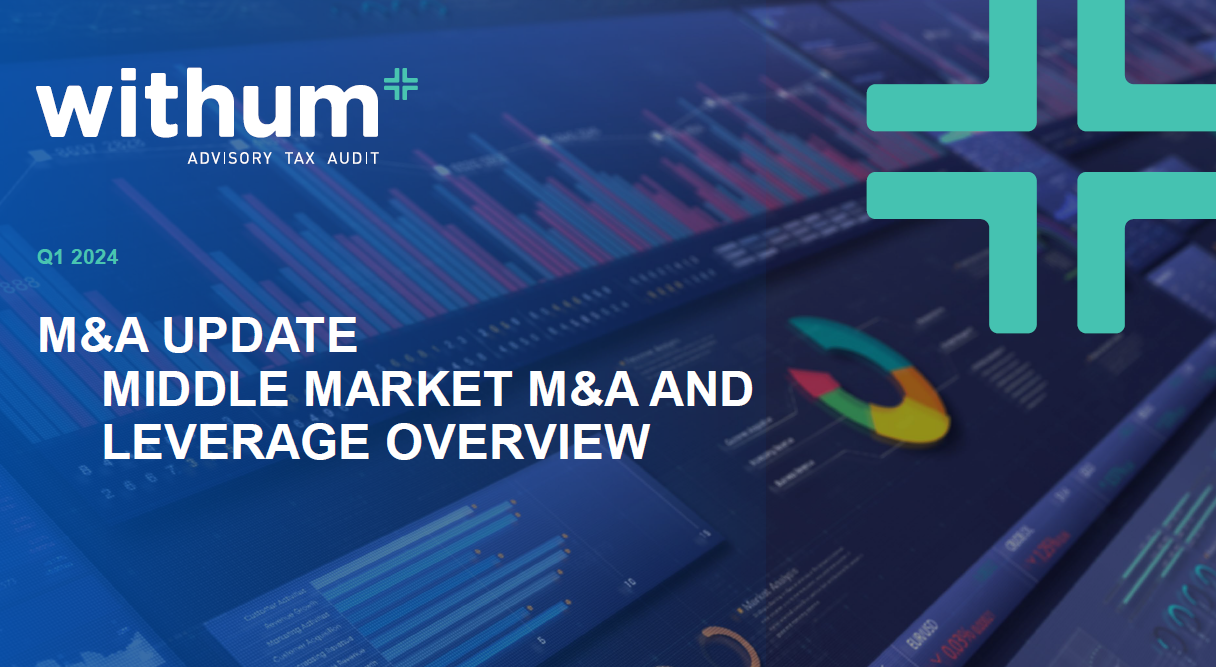On October 3, 2018, the Internal Revenue Service (“IRS”) Tax Exempt and Government Entities Division (“TE/GE Division”) released its Fiscal Year 2019 (“FY 19”) Program Letter. The Program Letter, which has previously been referred to as a Work Plan or Priority Letter, outlines the TE/GE FY18 activities and various projects and priorities for FY 19 with respect to tax-exempt organizations, employee plans, Indian tribal governments, and tax-exempt bonds.
Commissioners’ Message
One of the goals of the TE/GE Division is to empower Taxpayers. In its message from the Commissioners, the FY 19 Program Letter indicated that the TE/GE had made substantial progress in achieving this goal with respect to the Division’s Tax Exempt Organization’s Search (TEOS). This website (formerly known as Select Check) allows all users to search for tax-exempt organizations and provides information with respect to automatically revoked organizations, IRS determinations letters dated on or after January 2014, and Forms 990, 990-EZ, 990-PF, 990-T and 990-N for organizations filed after January 2018. The Division also expanded their Pay.gov website, introducing the use of secure messaging with taxpayers and practitioners in the Tax Exempt Bond Program.
The Commissioners further indicated that the Tax Cuts and Jobs Act (“TCJA”) will continue to be a top priority for FY 19. To date, they have completed Form revisions and provided training related to TCJA. In FY 19, they intend to initiate additional education efforts in an effort to help assist taxpayers with their tax obligations under both the new and pre-existing tax laws.
FY 19 Program Letter
The TE/GE Division FY 19 Program Letter indicated that the TE/GE Division continues to refine its compliance approach, thus ensuring that the examination programs focus on resolving the highest priority issues first. They continue to improve this program by developing compliance strategies, updating their issue submission portal, and by stocking their virtual shelf with approved compliance strategy cases.
The FY 19 compliance program focused on evaluating six areas in an effort to identify emerging “high risk” areas of non-compliance as outlined below.
Compliance Strategies
Compliance Strategies are issues approved by the TE/GE’s Compliance Governance Board. Once approved, these issues are considered priority work. Below are compliances strategies with respect to tax-exempt organization that the Board has approved to date.
- Internal Revenue Code (“IRC”) Section 501(c)(7) entities: focus on investment income, non-member income and non-filers of Form 990-T, Exempt Organization Business Tax Return, by tax-exempt social clubs.
- IRC Section 4947(a)(1) Non-Exempt Charitable Trusts (NECTs): focus on organizations that under-report income or over-report charitable contributions.
- Previous for-profit: focus on organizations formerly operated as for-profit entities prior to their conversion to IRC Section 501(c)(3) organizations.
- Self-dealing by private foundations: focus on organizations with loans to disqualified persons.
- Early retirement incentive plans: determine whether federal, state or local governmental entities that provide cash (and other) options to employees as an incentive for early retirement have applied proper tax treatment to these benefits.
- Forms W-2/1099 matches: compare payments reported on Form 1099-Misc., Miscellaneous Income, with wages reported on Form W-2, Wage and Tax Statement, and subject to Federal Insurance Contribution Act(FICA) tax and income tax withholding.
- Notice CP 2100 (backup withholding): determine whether mismatched and/or missing taxpayer identification numbers on Form 1099 indicate failure to comply with backup withholding requirements.
- Worker classification (misclassified workers): determine whether misclassified workers result in incorrectly treating employees as independent contractors.
Data-Driven Approaches
Unlike compliance strategies, which involve employee submissions, the data driven approach involves using data, models, and queries to select work based on quantitative criteria. Therefore, the data-driven approach has a more objective outlook – evaluating areas of work that have the greatest impact and the highest risk areas of noncompliance.
The TE/GE Division aims to improve compliance models based for Form 990, Form 990-EZ, Form 990-PF,and Form 5227. In addition, they will use data-driven selection models to identify returns filed by exempt organizations and government entities with the highest risk of employment tax noncompliance.
Referrals, Claims and Other Casework
According to the FY19 Program Letter, the TE/GE Division will continue to pursue referrals received from internal and external sources that allege noncompliance by exempt organizations and government entities, address requests for refunds or credits of overpayments of amounts already assessed and paid, and examine entities that filed and received exemption using Form 1023-EZ. The scope of these examinations will include applicants who are (1) ineligible to file Form 1023-EZ; (2) donate to (or pay expenses for) individuals; and (3) operating bingo or other gaming activities.
Compliance Contacts
Compliance contacts are employed to address potential noncompliance, primarily using correspondence contacts known as “compliance checks” and “soft letters.” The TE/GE Division plans to continue to use compliance checks and soft letters to determine whether entities are adhering to required recordkeeping and reporting requirements.
Determinations
Determination letters are issued to exempt organizations on exempt status, private foundation classification, other determinations relating to exempt organizations, and to retirement plans that satisfy the qualification requirements of federal pension law.
The TE/GE Division anticipates a continued increase in determination applications and plans to concentrate on identifying new strategies for reducing filing burdens and case processing times. They also plan to hire approximately 40 new revenue agents to process determination applications to help offset application increases and workforce attrition.
Voluntary Compliance and Other Technical Programs
The Voluntary Correction Program (“VCP”) enables a plan sponsor (at any time before audit) to pay a fee and receive IRS approval for correction of plan failures. Knowledge Management works to ensure the quality and consistency of technical positions, provide timely assistance to employees, and preserve and share TE/GE’s knowledge base. The Division is currently exploring implementation of a fully electronic submission process for VCP.
Authors: Hayley Shulman, CPA |[email protected]and Ryan Mygatt | [email protected]
More on Healthcare Services
How Can We Help?



